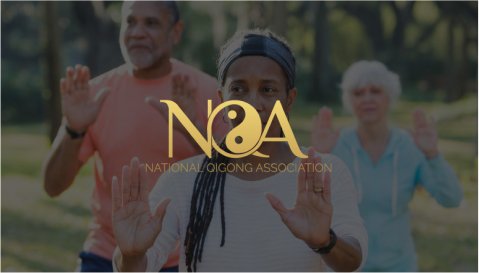Stick it out and learn to diagnose root imbalances using the techniques of Traditional Chinese Medicine.
This week, I thought it might be fun to focus on the tongue. Sometimes when patients come to see me, they can be a bit confused. They want to know why I ask them to stick out their tongue. It might seem a bit strange if you’re in for a sore back and the first thing you’re asked is “stick out your tongue!”
The tongue review is an ancient technique in Traditional Chinese Medicine, and it’s still one of the main ways we can see what’s happening internally with the health and constitution of an individual.
In Traditional Chinese Medicine, we try to balance the whole, and looking at the list below, you can see that a quick tongue diagnosis can tell us a lot. This simple, effective, and reliable observational diagnostic tool can give us a good idea of what is going on in the body as a whole.
Understanding Your Tongue In Traditional Chinese Medicine
As an Acupuncturist, here are the key things I’m observing when looking at a patient’s tongue, and what they translate to from a Traditional Chinese Medicine perspective:

Your Tongue Color
-
Pink = Normal or minimal concern
-
Pale = Deficient cold, Yang/Qi deficient
-
Red = Heat (full or deficient)
-
Dark Red = Extreme heat (common to see in menopausal women)
-
Purple = Stagnation/blockage
-
Blue = Severe internal cold
Your Tongue’s Shape
-
Crooked/deviated to one side = “Wind”
-
Cracked = Normal (from birth) or chronic internal illness
-
Narrow = Heat
-
Swollen = Dampness
-
Thin = Fluid-deficient
-
Trembling = Wind
The Coating Color of Your Tongue
-
White = Cold
-
Yellow = Heat
-
Gray = Internal heat or cold
-
Black = Severe condition
As you can see from the diagram above, different areas of the tongue relate to different organ imbalances, but to take the analysis even further, here’s the associations corresponding with the specific regions of your tongue:
Lower Jiao
The “base” of the tongue corresponds to the Kidney, Urinary Bladder, Large Intestine, and Small Intestine Meridians.
Middle Jiao
The sides of the tongue correspond to the Liver and Gall Bladder meridians. Some theories place the Gall Bladder on the patient's left side and the Liver on the patient's right side.
The Middle of the tongue corresponds to the Stomach and Spleen Meridians.
Upper Jiao
The Tip of the tongue corresponds to the Lung and the Heart Meridians.
The next time you brush your teeth, stick out your tongue and look in the mirror! See if you can find out what your tongue says about your body!

Care Consideration: Just a reminder that the above information is not a substitute for medical care and is not a substitute for medical advice or recommendations from a healthcare provider. This information is not intended to treat, mitigate, or cure any disease. That said, we encourage you to connect with an Acupuncturist in your community to learn more about this and other Traditional Chinese Medicine options. If you’ve got questions about Chinese herbal medicine or getting started with an Acupuncturist, feel free to connect with us at hello@mydaolabs.com.
















